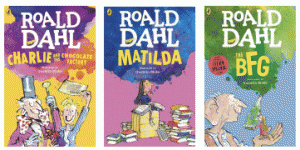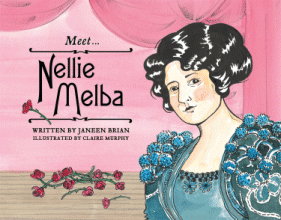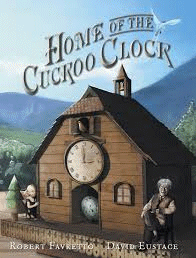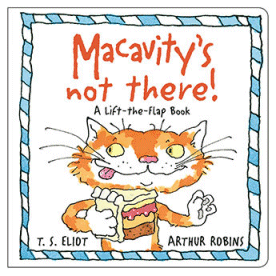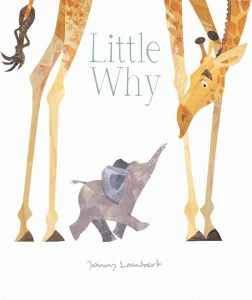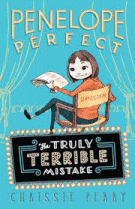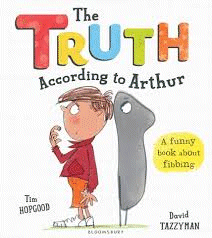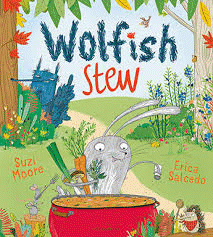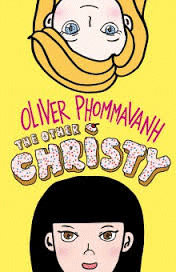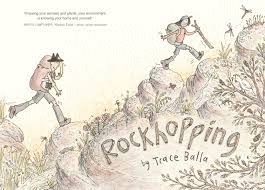Charlie and the Chocolate Factory
9780141365374
Matilda
9780141365466
The BFG
9780141365428
Roald Dahl
Puffin, 2016
pbk., RRP $A16.99
On September 13, 1916 one of the greatest children’s authors of all time was born and in just 43 days there will be great celebrations to mark the centenary of his birth. There are many events planned, particularly in the UK but to mark the occasion here, Penguin Random House have relaunched a number of his most popular books, bringing the works of this word wizard into the world of a new generation.
Originally written in 1964 and already over 50 years old, Charlie and the Chocolate Factory is arguably the best-known of Dahl’s creations having been made into a movie in both 1971 (under the title Willy Wonka and the Chocolate Factory) and in 2005. It was also converted to an opera The Golden Ticket in 2010 and a musical in 2013. It is the story of poverty-stricken Charlie Bucket who wins one of five golden tickets (along with Augustus Gloop, Veruca Salt, Mike Teavee and Violet Beauregard) to visit the mysterious, magical chocolate factory of eccentric chocolatier Willie Wonka and the adventures that befall them.
Matilda is the story of child genius Matilda Wormwood who loves to read and study but who is regarded by her ignorant, self-absorbed family as a freak and a scab. This does not deter her in any way for she is smart enough to see them for what they are. It also features the lovely Miss Honey and the frightening, stereotypical principal Miss Trunchbull who has her own reasons for being so nasty that the children live in fear of her. This has also been made into both a movie and a musical. (Tickets to the Brisbane production of this are part of the Readathon prize)
In 1982, Dahl wrote The BFG introducing us to Sophie, the Big Friendly Giant, a host of very unfriendly giants and his wonderful way with words that speak directly to his audience. Few children would not know what a whizzpopper is and be able to explain its cause and effect particularly after the release of the movie that was such a hit in the recent school holidays.
Dahl’s writing career spanned five decades and during that time he brought love and laughter, mystery, mayhem and magic into the lives of millions – telling stories that engage adults as much as children. These three are just a tiny portion of those he wrote and having been translated into 55 languages, there would be few who would not know of his genius and had a little light brought into their lives because of it. Publishers Penguin Random House have launched a readathon competition to celebrate this milestone but for me, it will be about sharing my favourite story (George’s Marvellous Medicine) with Miss 5 whom I know is going to make a reading friend for life
